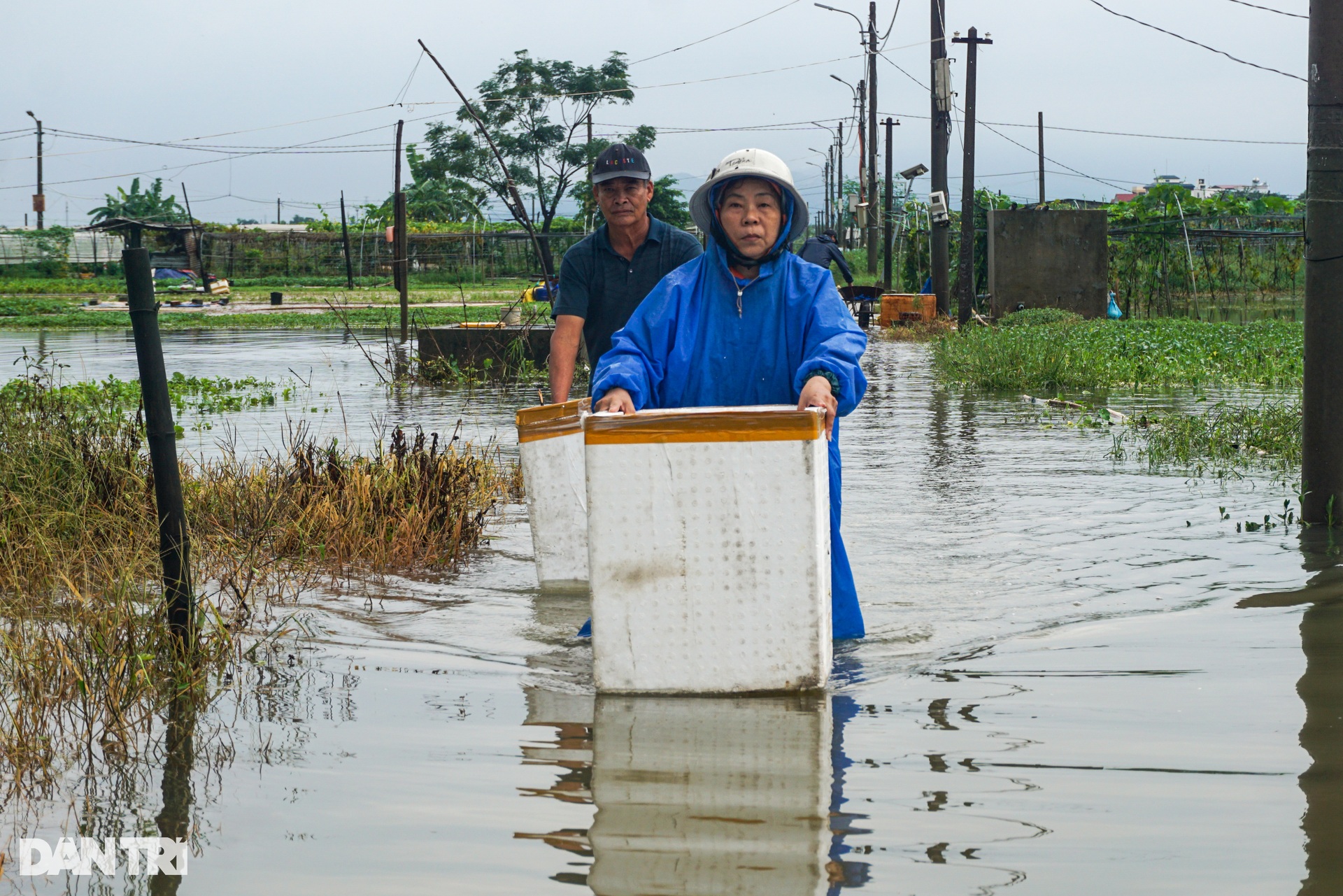
On October 15, the road leading to La Huong vegetable village was still flooded. Mr. Mai Van Toan (60 years old, residing in Hoa Tho Dong ward, Cam Le district) and his wife helped each other cross the flooded section to "pick up" vegetables to sell.
After more than 2 hours of wading through the water to pick squash, Mr. Toan cut about 40kg of squash, sighing when many of the squash were bitten by rats and could not be sold. To transport the squash home, Mr. Toan used a styrofoam box as a boat, pushing it through the flooded area.
Mr. Toan said that his family had 2 sao of Malabar spinach, 3 sao of sweet potato leaves and 7 sao of squash, but they were all damaged. Over the past two days, he and his wife have tried to harvest quickly, but they are still worried about the complicated developments of the flood.
"If we don't harvest early, the water will recede and the plants will rot and die from waterlogging," Mr. Toan sighed.
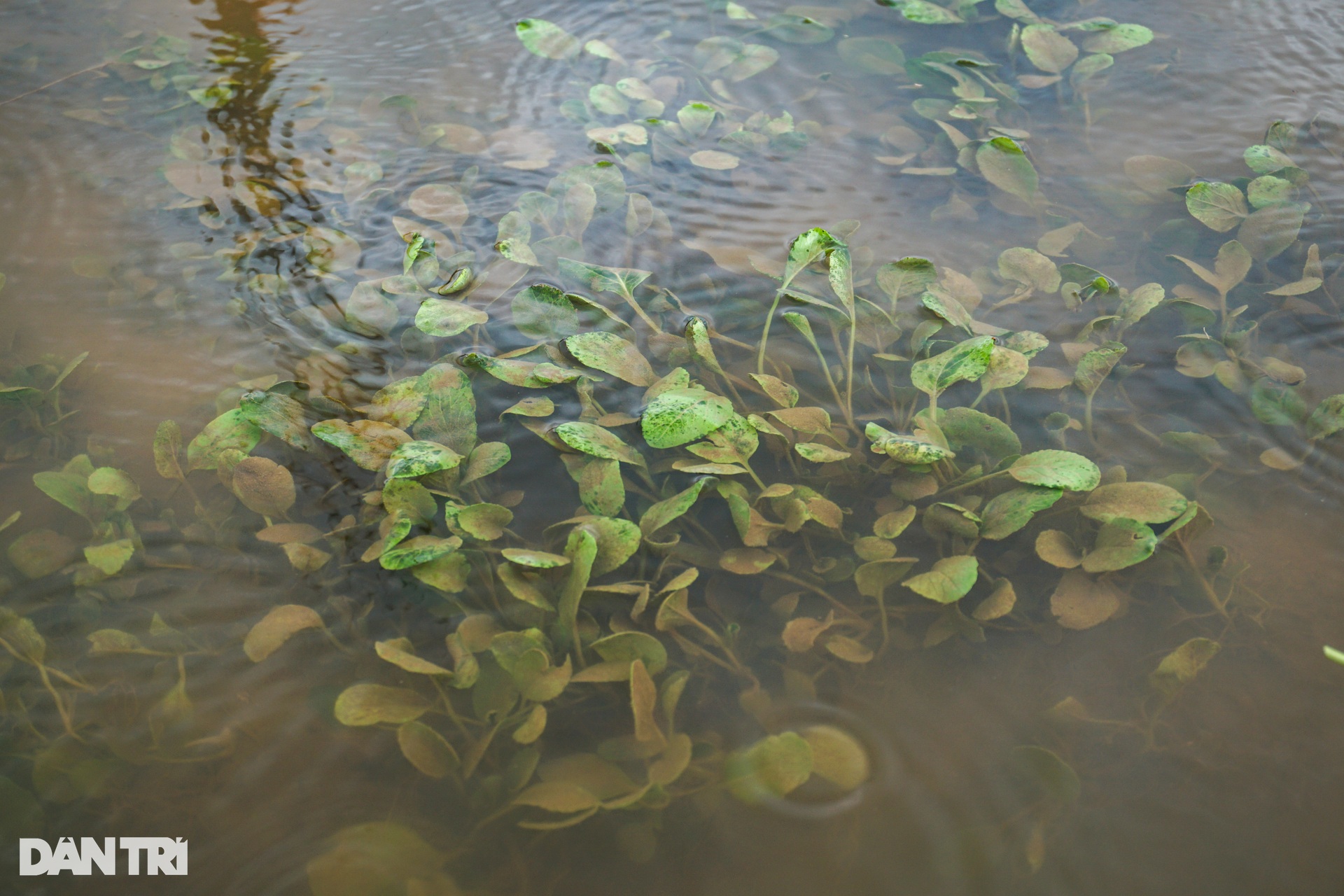
According to the Steering Committee for Natural Disaster Prevention, Search and Rescue and Civil Defense of Da Nang , as of 7:00 a.m. on October 15, the city recorded 28.1 hectares of vegetables flooded (Ngu Hanh Son district 3 hectares; Cam Le district 12.1 hectares; Hoa Vang district 13 hectares).
According to Dan Tri reporters, in La Huong vegetable village, damaged vegetables are mainly vegetables such as mustard greens, Malabar spinach, red amaranth, and various herbs.
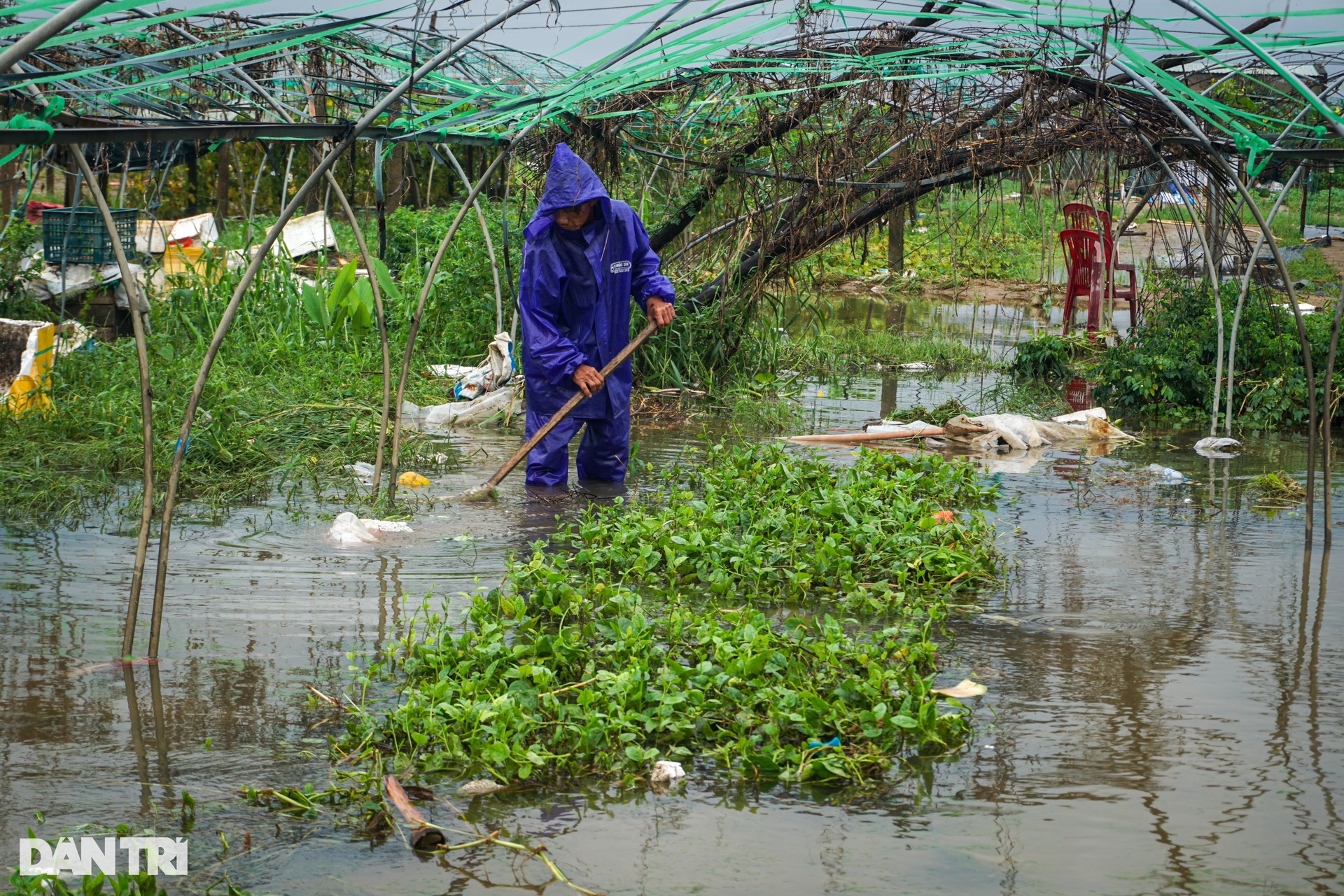
On October 15, the water had not yet receded completely, so households took advantage of the cool weather to harvest remaining vegetables and clean up trash washed into the vegetable fields by floodwaters.
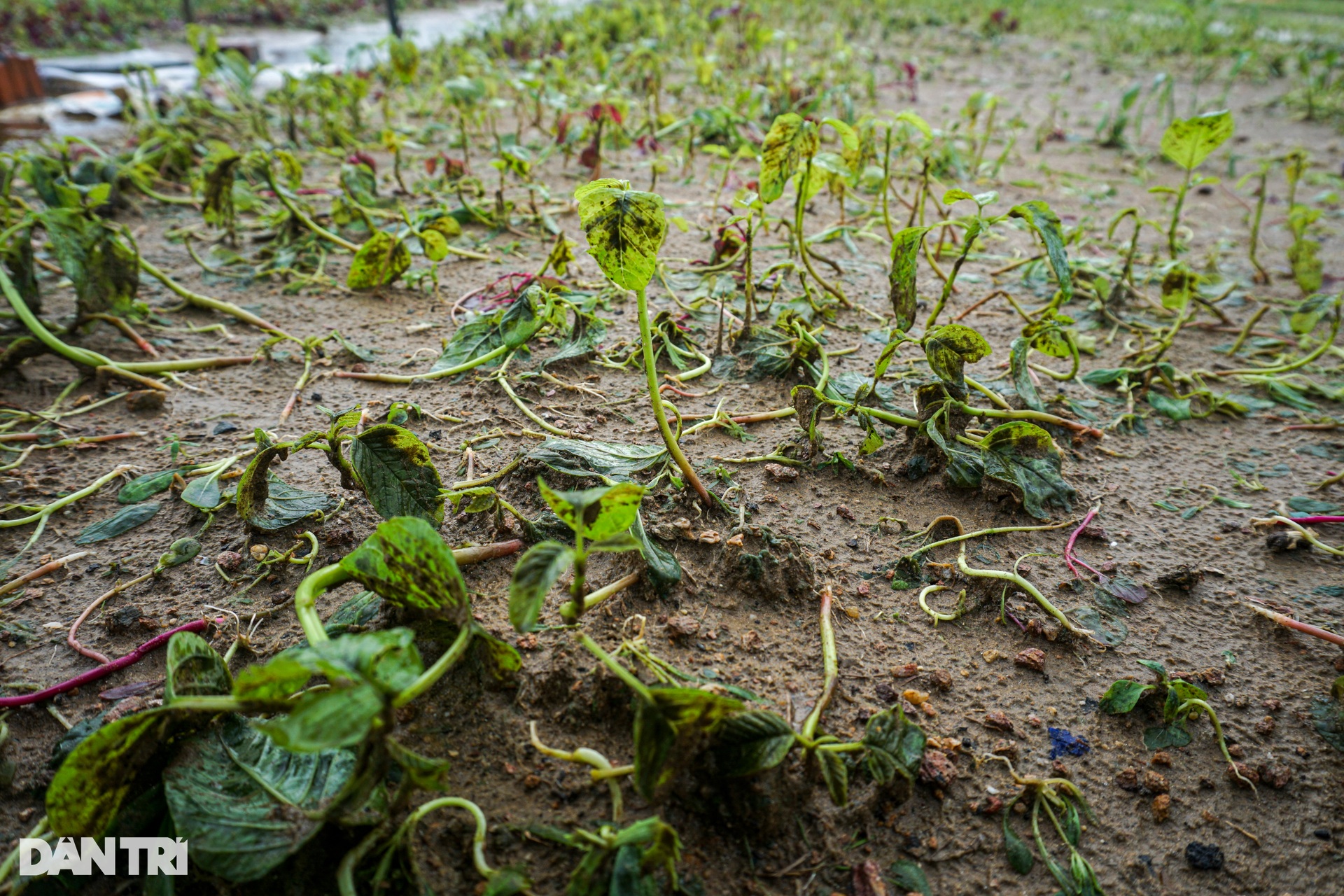
In some places, the water has receded, revealing rows of vegetables that are damaged, bruised, and starting to rot. Growers say that some vegetable beds look green when the water dries out, but when the sun comes up, the leaves begin to wilt.
Picking up bunches of new cabbage about 3cm high with crushed leaves, uprooted and covered in mud, Mr. Tran Trong Luan (68 years old) shook his head in frustration, "there's nothing we can salvage."
Mr. Luan said that his family had just planted 5 rows of vegetables. If there had not been any flooding, each row would have yielded 1 million VND, but now they had to let the vegetables wither in the flood water.
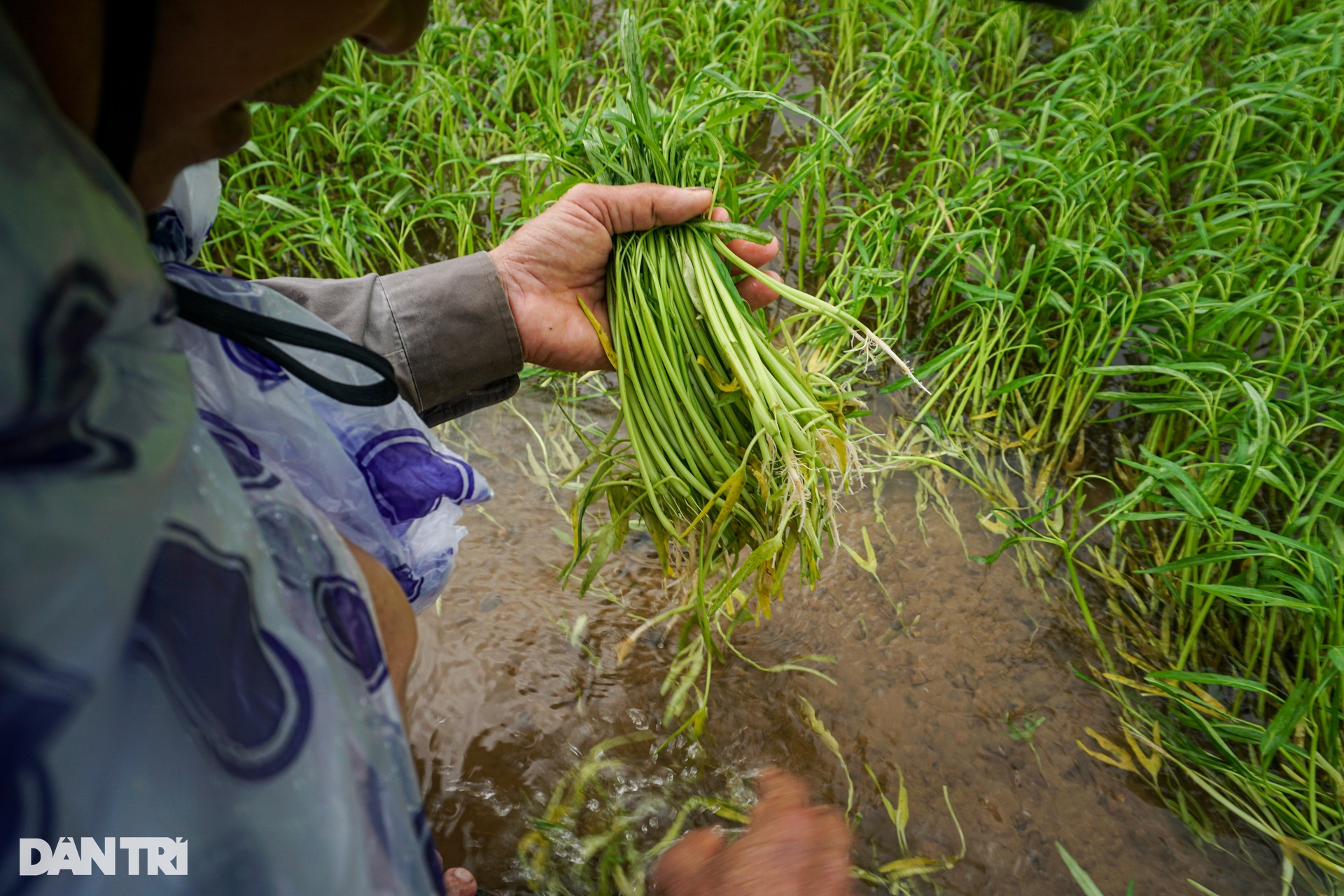
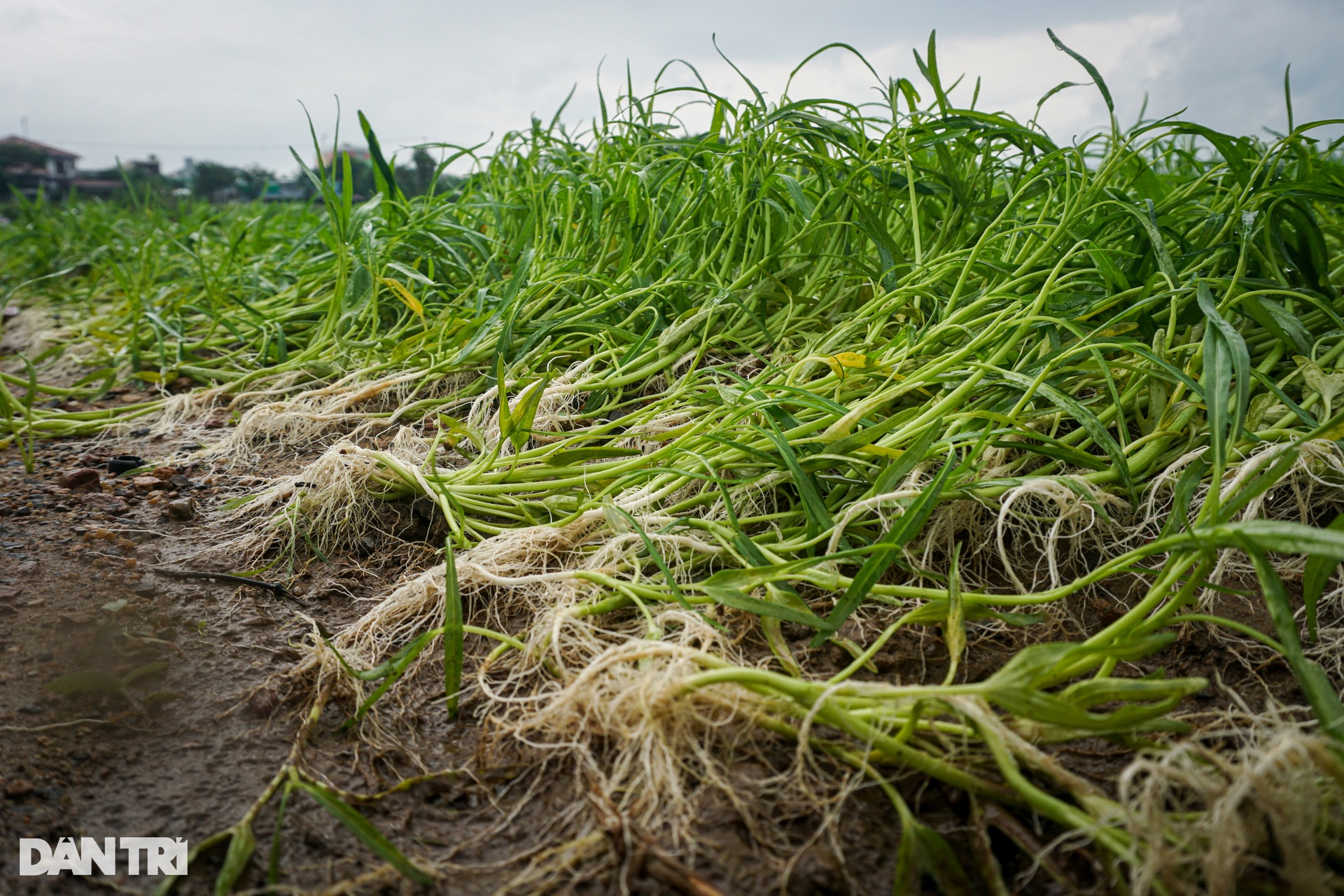
Mr. Thai Dinh Quan (62 years old, residing in Hoa Tho Dong ward) and his wife Mai Thi Tien (62 years old) patiently tied up the last bunches of water spinach when the entire vegetable growing area of the family in La Huong vegetable village was still submerged in water, some with their roots exposed on the ground.
"If we leave it like this, I'm afraid the river will flood again and the soil and trash will cover the vegetables. I'm afraid I won't be able to get any money back later. Therefore, I try to pick young vegetables to recover some of the money," Ms. Thien lamented.
"Spending millions, now "picking up" every penny", Mr. Quan roughly calculated, if it wasn't flooded, his vegetable beds could sell for 3-4 million VND, now picking up young vegetables, flooded vegetables, trying to scrape up only a few hundred thousand VND.
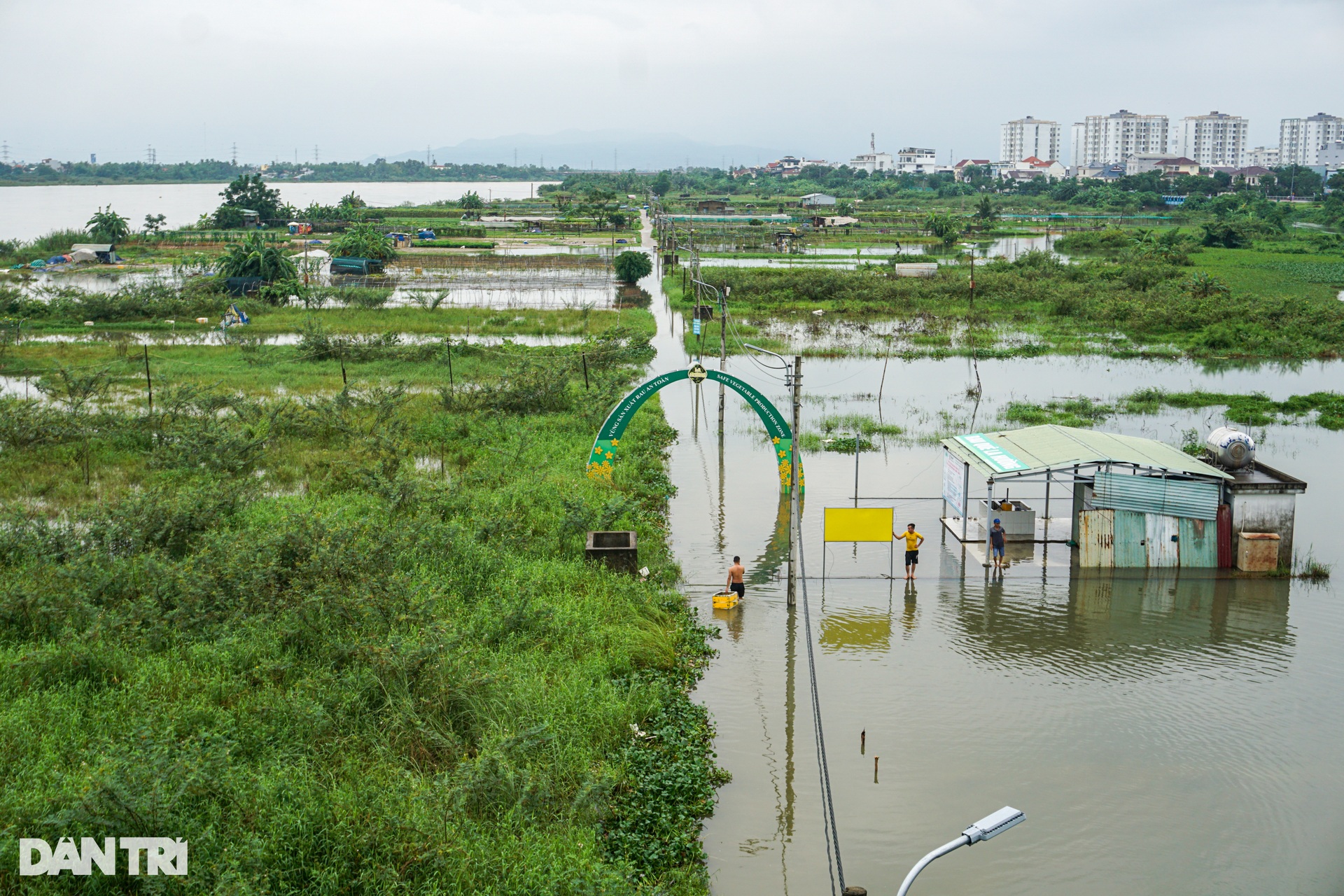
La Huong vegetable village is located between Cau Do River and Cam Le River. This is the largest vegetable growing area in Da Nang city. With an area of nearly 7.5 hectares, it is a large source of green vegetables for the Da Nang market.
Since 2010, La Huong vegetable cooperative has been established here and was selected by the Da Nang Department of Agriculture to implement the project to improve the quality and safety of agricultural products (OSEAP).
Source link





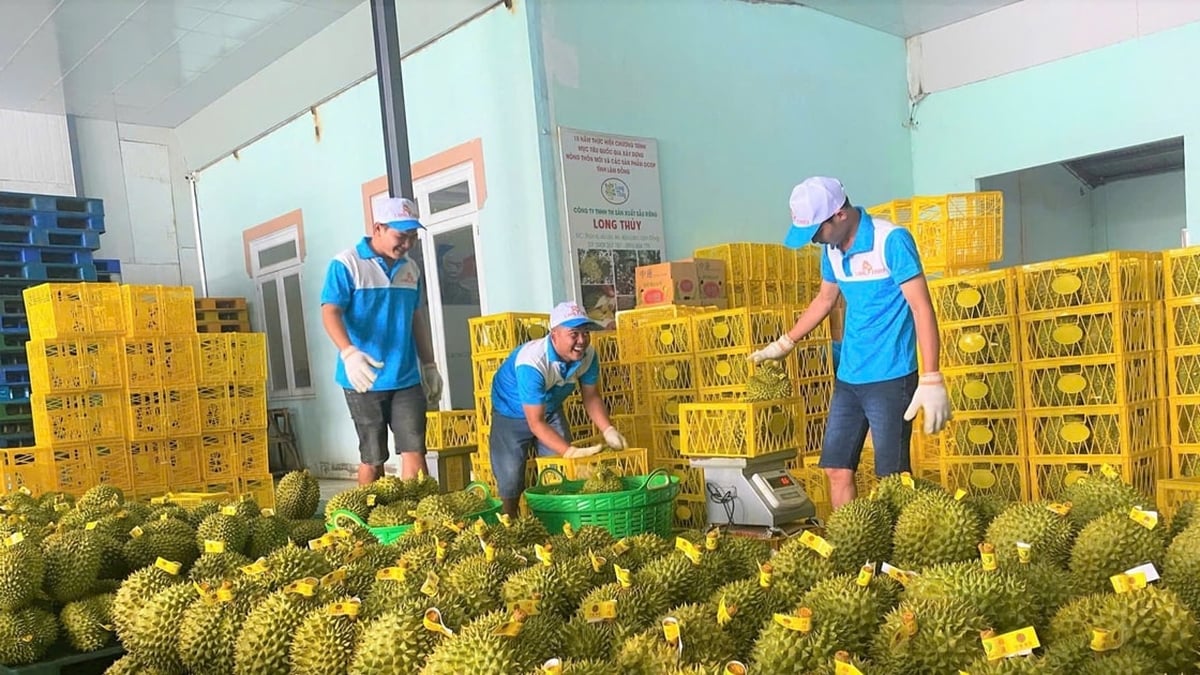
























































![[Maritime News] More than 80% of global container shipping capacity is in the hands of MSC and major shipping alliances](https://vphoto.vietnam.vn/thumb/402x226/vietnam/resource/IMAGE/2025/7/16/6b4d586c984b4cbf8c5680352b9eaeb0)










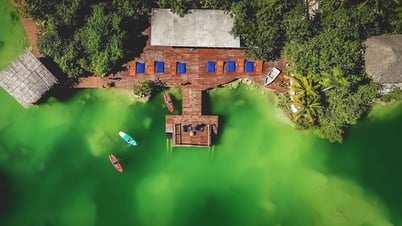
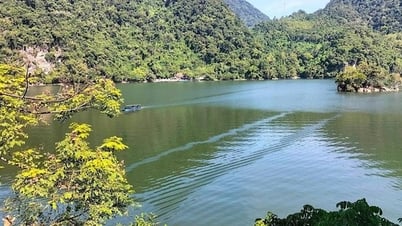

























Comment (0)